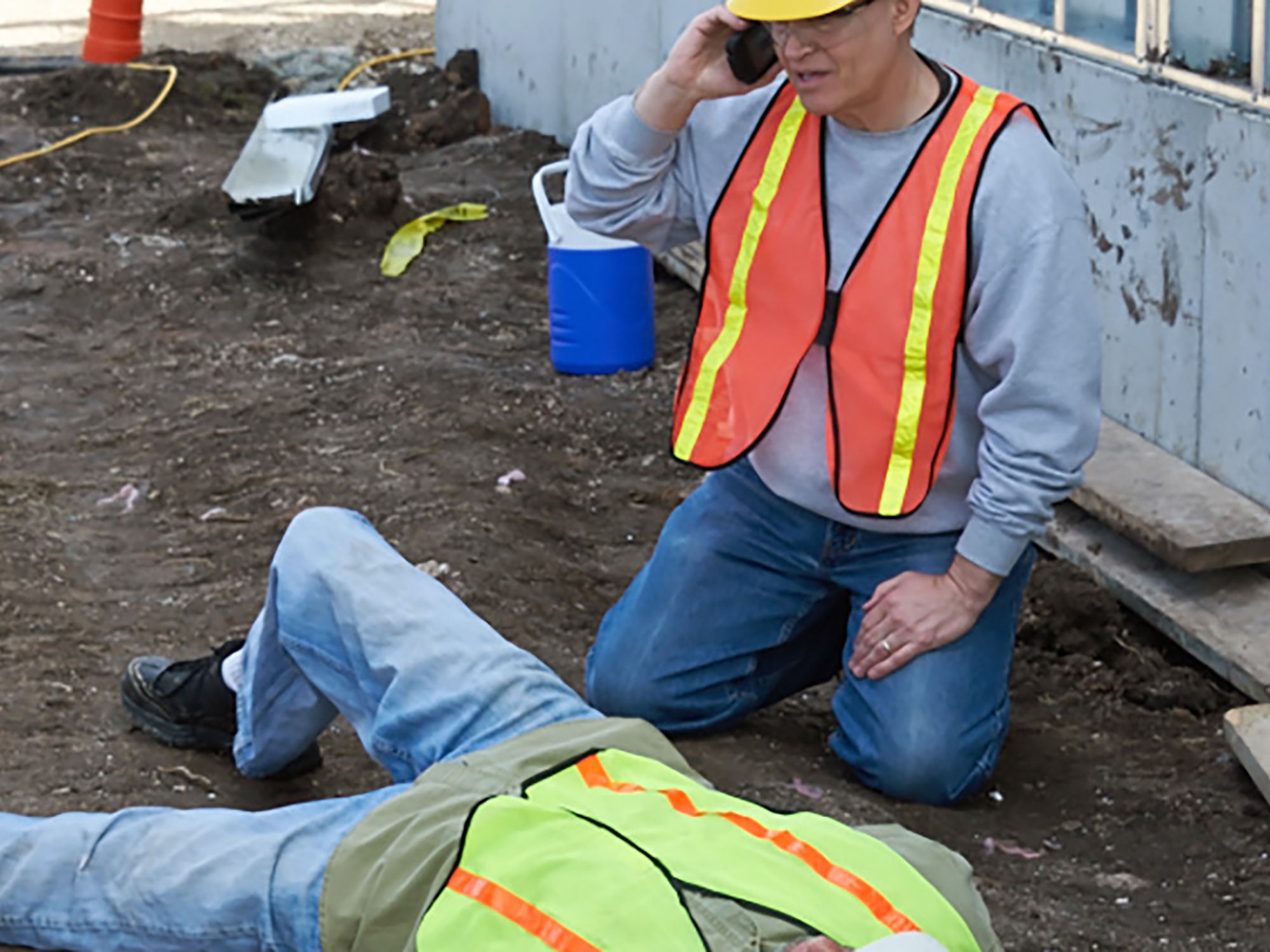Responding to an incident and securing the scene

- Responding to an incident and securing the scene involve prompt actions and assessing priorities.
People responding to an incident tend to be in a hurry because there may be injured workers who need help. Responders should use caution to arrive safely. If the first person to arrive is alone at the scene, the responder should:
- Shout for someone to get help.
- Assess the condition of the victim(s).
- Perform any necessary first aid (if trained).
- Briefly leave to call for emergency assistance (if no one arrives to help).
In most cases, several employees will quickly arrive at the incident scene. A designated person should be in charge, preferably the incident investigator, and that person should delegate authority and set priorities. Some incident scene priorities may include:
- Evaluating the situation,
- Assessing the condition of the victim(s),
- Notifying emergency medical services personnel, and
- Performing basic first aid.
While preserving the evidence at the incident scene is essential, it should never be more important than helping others in need or more important than protecting company property from further damage.
Controlling the incident scene is critical, not only to the success of an incident investigation, but also to the safety of those working at the scene. If the incident scene is disturbed, such as equipment moved or spills cleaned up, gathering facts about what happened will be more difficult. In addition, if bystanders are allowed to enter the incident area, they may interfere with the work of response personnel or disturb evidence needed for the investigation.
Securing the scene
Incident scenes are often disorganized; people may be hurt and equipment might be damaged. In addition, people involved in the incident or who witnessed the will likely be upset and may even be in shock. To help control the scene:
- Secure the incident scene,
- Prevent additional incident from occurring,
- Protect company property from further damage,
- Preserve evidence, and
- Keep upper management informed of the situation.
To secure the incident area, ensure that no one at the scene is in further danger from hazards such as falling debris, sharp objects, or rolling equipment. Continue to secure the area by surveying the incident scene for other hazards such as:
- Fallen electrical wires;
- Fires, chemicals, chemical fumes, or smoke;
- Slippery surfaces; or
- Miscellaneous physical and health hazards.
In order to prevent additional injuries, many of these hazards may need to be immediately corrected (such as the removal of fallen electrical wires), thereby disturbing the incident scene. If this is the case, try to get photos and sketches of the hazards and record some notes about how the hazards may have played a part in the incident.
